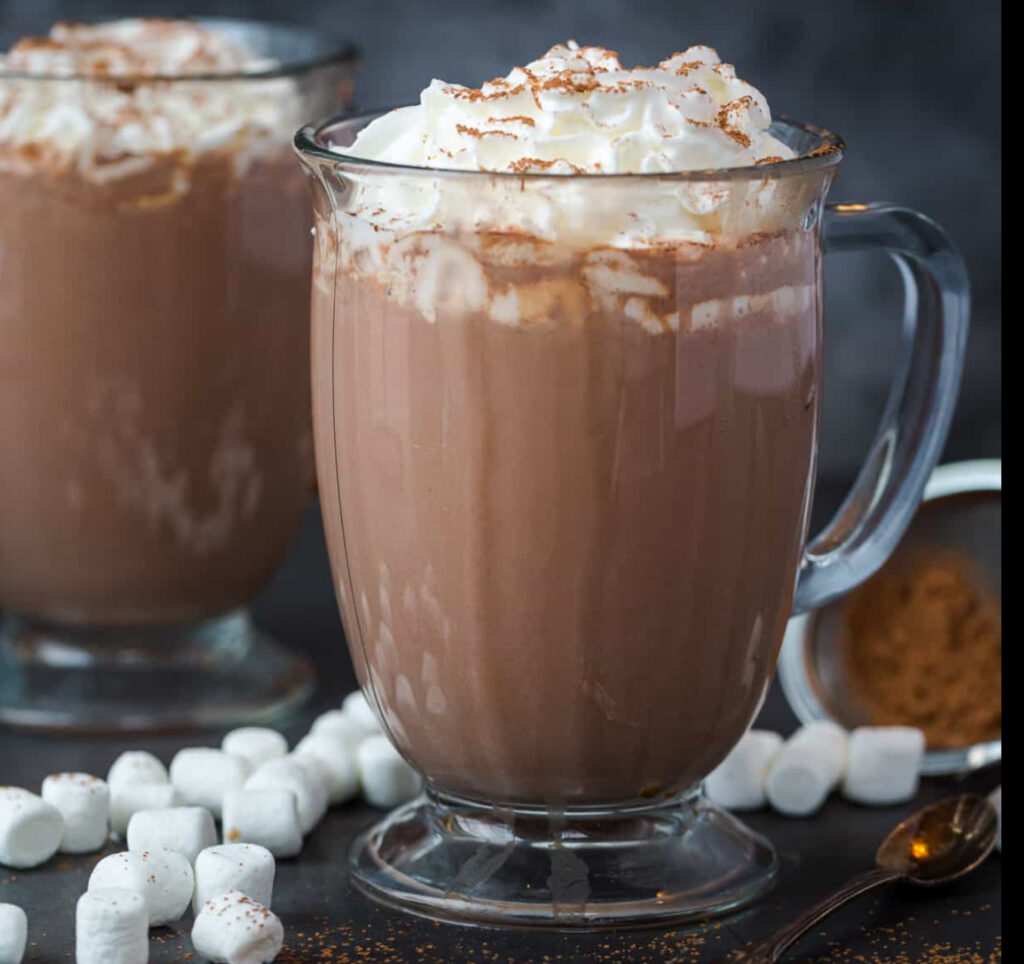Hot chocolate is one of life’s simple pleasures—a warm, comforting beverage that evokes feelings of nostalgia and relaxation. But when it comes to preparing the perfect cup, one question often arises: Should you use milk or water as the base? While both options have their merits, they create distinctly different experiences. This 1000-word guide dives into the pros and cons of each option, helping you decide which is better for your hot chocolate cravings.
Milk: The Classic, Creamy Choice
Using milk as the base for hot chocolate is the traditional method and for good reason. It creates a rich, creamy beverage that feels indulgent and luxurious. Milk adds body and a velvety texture, elevating the drink to dessert-like levels.
Benefits of Using Milk:
Creaminess and Texture:
Milk’s fat content enhances the texture of hot chocolate, making it smooth and luscious. Whole milk, in particular, delivers the richest experience, but even low-fat milk contributes a certain level of creaminess.
Enhanced Flavor:
The natural sugars in milk, such as lactose, add a touch of sweetness that complements the chocolate. This creates a well-rounded flavor profile, even if you’re using dark or bittersweet chocolate.
Nutritional Benefits:
Milk provides essential nutrients like calcium, vitamin D, and protein. While hot chocolate may not be a health drink, using milk can add a nutritional boost to your treat.
Versatility:
Milk can be adapted to suit dietary preferences. Plant-based alternatives like almond, oat, or soy milk can provide similar creaminess, with unique flavor profiles.
Considerations When Using Milk:
•Heating:
Milk needs to be heated carefully to avoid scalding, which can alter its flavor and texture. Using a low-medium heat and constant stirring is essential for success.
•Calories:
The creamy texture of milk comes with additional calories, which may be a consideration for those seeking a lighter option.
Water: The Lightweight Contender
Water, on the other hand, is a lighter, simpler base that lets the chocolate shine. While it lacks the creaminess of milk, it creates a more straightforward hot chocolate experience that some purists prefer.
Benefits of Using Water:
Purity of Flavor:
Water doesn’t compete with the flavor of the chocolate, allowing the cocoa notes to take center stage. This is particularly appealing if you’re using high-quality chocolate or cocoa powder.
Lower Calories:
For those watching their calorie intake, water is the lighter option. It eliminates the fat and sugar content associated with milk.
Accessibility:
Water is universally available and doesn’t require refrigeration, making it a convenient choice for hot chocolate on the go.
Considerations When Using Water:
•Lack of Creaminess:
Water-based hot chocolate can feel thin compared to its milk-based counterpart. To compensate, some people add a touch of cream or a dollop of whipped topping.
•Flavor Balance:
Without the natural sweetness of milk, water-based hot chocolate may require more sugar to balance the bitterness of cocoa, especially if using unsweetened chocolate.
Side-by-Side Comparison
Aspect Milk Water
Texture Creamy and velvety Light and thin
Flavor Sweet, rounded, rich Bold, pure chocolate flavor
Calories Higher due to fat and sugar Lower
Ease of Use Requires careful heating Quick and convenient
Customizability Works well with plant-based milks Requires added ingredients for richness
How to Choose the Right Base
When to Choose Milk:
•You want a rich, dessert-like hot chocolate experience.
•You’re using lower-quality cocoa or chocolate and need the added creaminess to enhance the flavor.
•You’re preparing hot chocolate as a treat or indulgence.
When to Choose Water:
•You want to highlight the natural flavors of high-quality chocolate.
•You’re looking for a lighter, less caloric beverage.
•You’re in a hurry or have limited ingredients on hand.
Best of Both Worlds: Milk-Water Hybrid
If you’re torn between milk and water, why not try a combination of the two? Mixing equal parts milk and water can give you the richness of milk with the lighter texture of water. This hybrid approach also allows you to experiment with flavor balance, creating a customized hot chocolate experience.
Tips for Perfect Hot Chocolate
Choose High-Quality Chocolate or Cocoa:
The base is important, but the quality of your chocolate or cocoa powder is what truly makes or breaks your hot chocolate. Opt for brands known for their deep cocoa flavors.
Sweeten Thoughtfully:
Whether using milk or water, adjust the sweetness to your preference. Natural sweeteners like honey, maple syrup, or coconut sugar can add unique flavors.
Experiment with Add-Ins:
Enhance your hot chocolate with spices like cinnamon, nutmeg, or chili powder. Vanilla extract or a splash of peppermint can add depth and seasonal flair.
Mind the Temperature:
Heat your milk or water slowly to prevent burning or scalding. Aim for a steaming, not boiling, temperature for the best results.
Top It Off:
Whipped cream, marshmallows, or a sprinkle of cocoa powder can take your hot chocolate to the next level, regardless of the base you choose.
Impression
In the debate over milk vs. water for hot chocolate, there’s no definitive winner—it all comes down to personal preference and the type of experience you’re seeking. Milk provides a creamy, indulgent texture that’s perfect for a cozy night in, while water offers a pure, bold flavor that appeals to chocolate purists.
Ultimately, the best hot chocolate is the one that satisfies your cravings and warms your soul. So, whether you reach for a carton of milk or a kettle of water, embrace the process, experiment with flavors, and savor every sip of this timeless beverage.
No comments yet.







